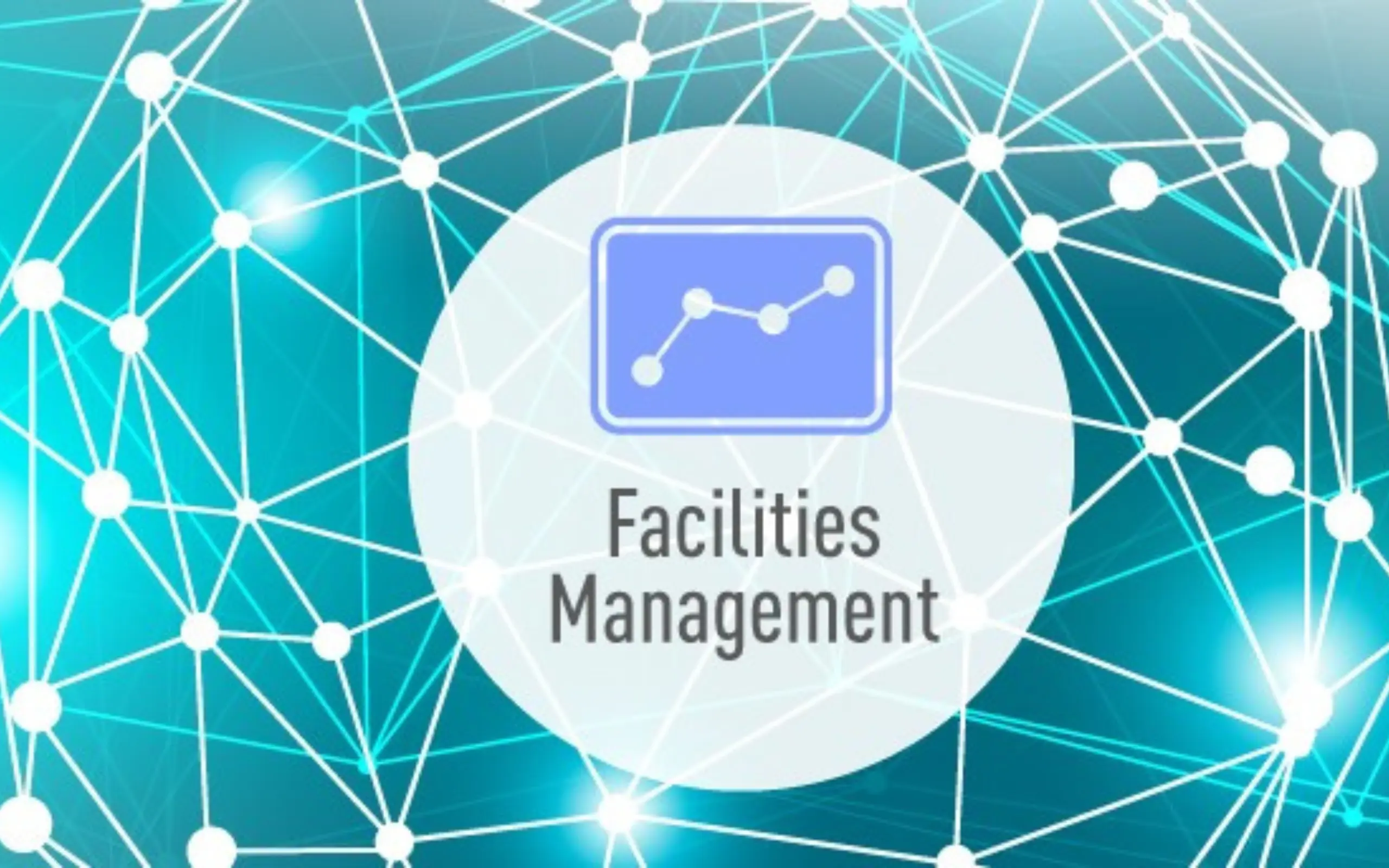IT IS BRINGING ABOUT MEASURABLE COST SAVINGS AND HELPING EXTEND BUILDING LIFE CYCLES
Until recently, facilities management was considered by most as an ancillary service for a building’s service maintenance and improvement. It has also been stereotyped by many as an additional cost burden.
However, this notion is changing as more people adopt this as a tool for cost rationalisation and effective management of budgets. It is now integral to most CFOs’ forecasts and cost alignments.
FM is not only helping stakeholders to upscale and unify service delivery standards but supports them in meeting their objectives of cost optimisation and transparency. For homeowners and their representatives, it helps reduce costs through workforce efficiencies and better life cycle asset management through integrated FM.
As per recent studies, through successful implementation of FM service delivery and innovative contract models, most stakeholders have been able to achieve significant savings and an upgrade to service standards.
The integrated model can reduce a third of costs as FM frameworks work in coordination to improve efficiencies and bring in cost transparency, which is critical for stakeholders searching for cost rationalisation.
It is a known fact that built environments contribute to more than one-third of global energy spend. To manage this, the role of facility management has taken centre stage. As it not only covers operations management, but also overall sustainability needs such as water consumption, recycling and overall carbon footprint reduction.
For end users, it reduces their service cost through ease of service. Plus, there is the higher safety through automation, standardisation and skill upliftment. In commercial establishments, FM has now been actively used by CFOs as a popular tool to manage budgets by using innovative FM contract modelling in their procurement strategy.
New-generation FM contracts — lump sum or value plus, gainshare or glide path — are helping CFOs not only to cut costs but control long-term cost impact.
It is a known fact that a useful FM life cycle management model can help to increase a building’s longevity to 10 to 15 years through sustained maintenance and strategic inputs. Besides, it helps optimise the initial capital expenditure, while increasing the longevity of assets.
FM technology such as CAFM (computer aided FM) platforms are also providing substantial transparency in productivity, materials and workforce cost. It is now widely used by all to manage costs that are bare essentials in today’s context.
Technology and automation of equipment are creating new levels of cost optimisation and benefitting all stakeholders.
FM transformation is also changing workplace makeovers. Space management and office layouts were categorised as property management functions but now have been earmarked as essential FM tools by owners and occupants for the optimal use of built environments.
Source: Gulf News
